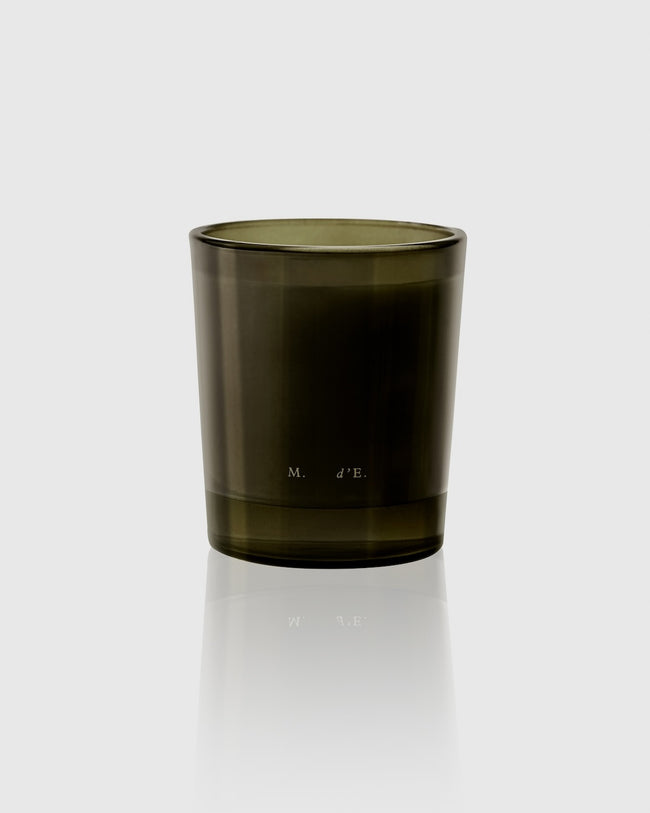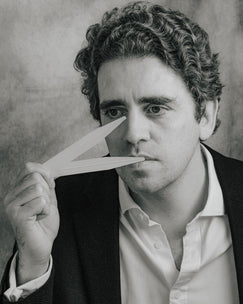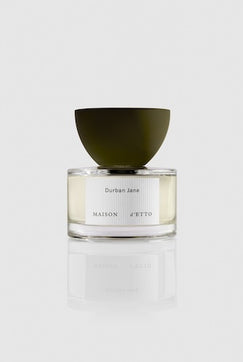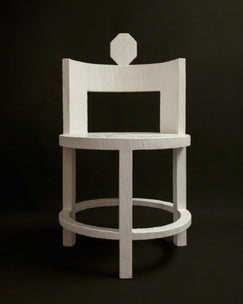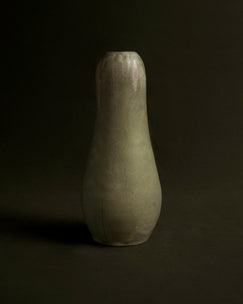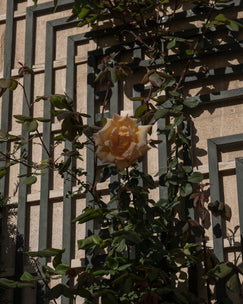The world of scents is vast and complex, filled with terms that often seem interchangeable but hold unique meanings. Among these, “aroma” and “fragrance” are two words frequently used to describe pleasant smells, yet they refer to distinct olfactory experiences. Ever wondered why your favorite candle smells different from your signature perfume, even if they share similar notes? This guide delves into the nuanced world of aroma vs fragrance, helping you understand why candles and personal scents don’t always smell the same.
Defining Aroma vs Fragrance: What’s the Difference?
While “aroma” and “fragrance” are often used interchangeably, they originate from different contexts and serve unique purposes:
- Aroma: Typically used in the context of natural and culinary scents, aroma refers to the distinct smell of specific ingredients, such as spices, herbs, or essential oils. Aromas are usually associated with natural sources and evoke a sense of authenticity and purity.
-
Fragrance: Fragrance, on the other hand, is a broader term often used in the perfume industry. It refers to a blend of natural and synthetic ingredients crafted to create a specific scent profile. Fragrances are more complex, layered, and often designed to evoke emotions, memories, or moods.
The key distinction lies in their creation: while aromas are often single-note and directly derived from nature, fragrances are meticulously blended compositions crafted by perfumers to deliver a more refined and lasting olfactory experience.
Why Candles and Fragrances Smell Different: The Role of Composition
Candles and personal fragrances may share some ingredients, but their differing purposes and compositions mean they are experienced differently.
Candles: The Art of Aroma
- Wax as a Medium: Candles use wax as a delivery medium, which can alter the scent’s intensity and throw (how far the scent travels). The type of wax—beeswax, soy, or paraffin—can affect how the aroma is released, often mellowing and warming the scent compared to how it would be experienced in a perfume.
- Heat Activation: A candle’s scent is activated by heat, which gradually releases the aroma into the air. This slow release creates a cozy, ambient experience that wraps a room in subtle layers of scent.
-
Simpler Blends: Candle scents tend to focus on simpler blends, often highlighting base notes that provide warmth and comfort, such as vanilla, sandalwood, or amber. These ingredients create an inviting atmosphere but are less complex than those found in personal fragrances.
Fragrances: The Symphony of Scent
- Alcohol Base: Personal fragrances use alcohol as a base, which helps disperse the scent quickly and evenly. This allows the top, middle, and base notes of the fragrance to unfold rapidly and in a specific sequence, creating a multi-layered experience.
- Complex Structures: Fragrances are crafted with multiple layers of notes—top, heart, and base—that evolve over time. This complexity is designed to interact with the wearer’s skin, body chemistry, and environment, making the scent dynamic and personal.
-
Longevity and Projection: Perfumes are designed to linger on the skin and project outward, creating a scent bubble around the wearer. This contrasts with candles, where the scent is meant to fill a room rather than interact intimately with an individual.
The Science of Scent Perception: How We Experience Aroma vs Fragrance
The way we perceive aroma and fragrance also contributes to their distinct experiences.
- Ambient vs Personal Scents: Candles create an ambient scent that fills the space, influencing the overall environment rather than clinging directly to the skin. In contrast, fragrances are designed for personal wear, interacting directly with skin and body heat to evolve and change throughout the day.
- Evaporation Rates: The heat from a candle burns the aroma at a slower rate, providing a continuous but softer scent experience. In contrast, perfumes evaporate faster due to their alcohol content, making their scent more immediately noticeable but also more fleeting.
-
Sensory Association: Candles often evoke a sense of comfort and homeliness, triggering scent memories tied to spaces and experiences. Fragrances, however, are more directly tied to personal identity and can evoke emotions connected to the wearer’s mood, style, or even specific memories tied to moments in time.
Choosing Between Aroma and Fragrance: Enhancing Your Scent Journey
Understanding the differences between aroma and fragrance allows you to choose the right scent experience for your needs.
- For Atmosphere: Choose candles when you want to create an inviting environment. Opt for scents like lavender for relaxation, citrus for energy, or woodsy notes for a cozy ambiance.
- For Personal Expression: Select fragrances that align with your personality and mood. Floral notes can be uplifting and romantic, spicy scents add warmth and depth, and aquatic notes bring freshness and vibrancy.
-
For Layering Scent: Don’t be afraid to mix the two worlds. Light a candle that complements your fragrance to enhance your overall sensory experience. For instance, a sandalwood candle paired with a spicy, amber perfume can create a rich, layered atmosphere.
Conclusion
While aroma and fragrance may seem like simple synonyms, they represent two distinct aspects of the olfactory world. Candles, with their warm and ambient aromas, serve to enhance spaces and create moods, while personal fragrances are intricate compositions designed to reflect individual identity. By appreciating the differences between aroma vs fragrance, you can better curate your scent experiences, whether you’re setting the tone for a cozy evening at home or expressing your unique style through perfume.
Embrace the nuances of scent, and let your nose guide you through a world of endless olfactory possibilities.
